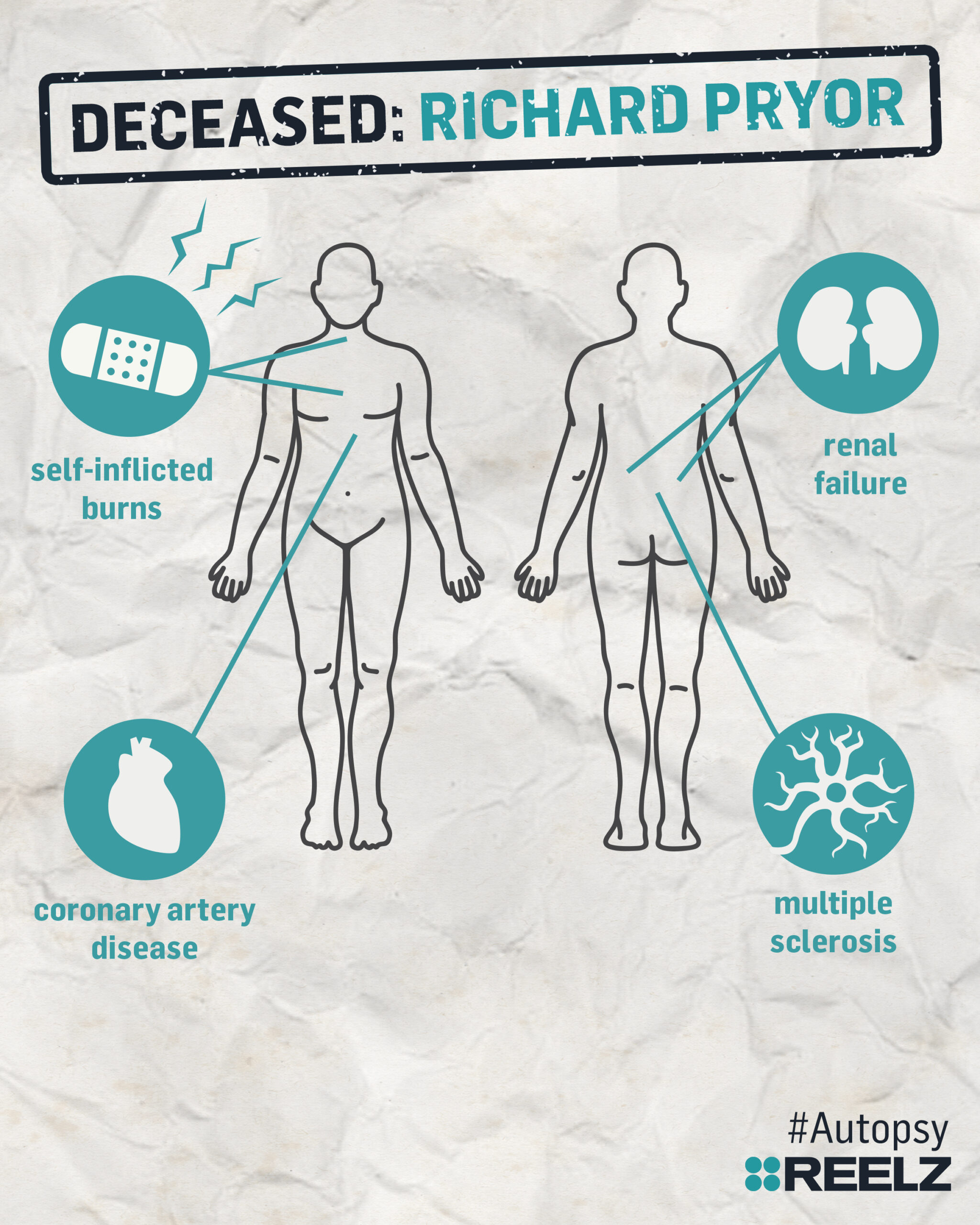The completion of an autopsy, a cornerstone of medico-legal investigation, is not a sprint, but a meticulously orchestrated marathon. While popular culture often portrays the procedure as a swift dissection, the reality is far more nuanced, influenced by a confluence of factors that determine the temporal expanse of the examination. Understanding these influencing elements is crucial to appreciating the intricate nature of post-mortem analysis.
The Scope of the Investigation: A Primary Determinant
The primary driver of autopsy duration is the scope of the investigation. A limited autopsy, perhaps focused on confirming a specific cause of death suspected antemortem, will invariably be shorter than a comprehensive examination intended to elucidate every potential contributing factor. Limited autopsies might hone in on specific organs or systems, reducing the overall time commitment. Conversely, a full autopsy necessitates a systematic exploration of all major organ systems, coupled with meticulous documentation of any anomalies. The presence of pre-existing conditions, surgical interventions, or suspected foul play compels the pathologist to delve deeper, potentially extending the examination’s timeframe significantly.
The Complexity of the Case: Unraveling the Enigma
The complexity of the case itself is another significant modulator of autopsy duration. Straightforward cases, where the cause of death is readily apparent, might require a comparatively shorter examination. However, cases involving obscure etiologies, multiple comorbidities, or the potential presence of toxins demand a more exhaustive approach. Investigating potential drug overdoses, for instance, necessitates the collection of tissue samples for toxicological analysis, which adds to the overall process. Furthermore, cases involving trauma, particularly blunt force injuries, require meticulous dissection and documentation to reconstruct the events leading to death. This process, often involving the analysis of fracture patterns and internal hemorrhaging, can be exceedingly time-consuming.
The Pathologist’s Expertise: The Art of Dissection
The experience and expertise of the performing pathologist undeniably impact the autopsy’s duration. Seasoned pathologists, having honed their skills through years of practice, are often able to navigate the intricacies of the human anatomy with greater efficiency, minimizing the time required for dissection and organ examination. Their familiarity with various pathological conditions allows them to quickly identify potential anomalies and focus their attention on areas of particular interest. Conversely, less experienced pathologists may require more time to complete each stage of the examination, as they develop their diagnostic acumen. The presence of specialized skills, such as expertise in neuropathology or cardiac pathology, can also influence the duration, particularly if the case involves complex neurological or cardiovascular issues.
Ancillary Investigations: Expanding the Diagnostic Horizon
Autopsies frequently extend beyond the gross examination of the body, incorporating a suite of ancillary investigations that further inform the diagnostic process. Histological analysis, the microscopic examination of tissue samples, is a common adjunct to the autopsy. Tissue samples are collected, processed, and stained before being examined under a microscope to identify cellular abnormalities, inflammatory processes, or the presence of infectious agents. This process can take several days to complete, adding to the overall turnaround time. Similarly, microbiological studies, such as bacterial cultures, may be performed to identify potential infections. Toxicological analysis, as previously mentioned, is crucial in cases of suspected drug overdoses or poisoning. Genetic testing may also be employed in certain circumstances, particularly when investigating inherited conditions or sudden cardiac death in young individuals. Each of these ancillary investigations adds to the overall duration of the autopsy process, but provides crucial insights into the cause and manner of death.
Documentation and Reporting: Capturing the Narrative
The meticulous documentation and reporting of findings is an integral, albeit often overlooked, aspect of the autopsy process. Pathologists must carefully document all observations made during the examination, including detailed descriptions of organ abnormalities, injuries, and any other relevant findings. This documentation forms the basis of the autopsy report, a comprehensive summary of the examination’s findings and conclusions. The preparation of the autopsy report can be a time-consuming process, requiring careful consideration of all available evidence and the synthesis of findings from various ancillary investigations. The report must be clear, concise, and unambiguous, providing a defensible explanation of the cause and manner of death. This process contributes significantly to the overall timeframe associated with the completion of an autopsy.
Estimating the Timeframe: A Matter of Variability
Given the interplay of these various factors, providing a precise estimate of autopsy duration is challenging. A straightforward autopsy, focused on confirming a suspected cause of death, might be completed within a few hours. However, a complex case involving multiple comorbidities, potential foul play, and extensive ancillary investigations could easily extend to several days or even weeks, considering the time required for specialized testing and report preparation. Generally, a routine autopsy might take anywhere from 2 to 4 hours for the initial dissection and examination. However, the entire process, from the initial incision to the final report, can span several weeks, depending on the complexity of the case and the availability of resources. Ultimately, the duration of an autopsy is not merely a matter of procedural efficiency but a reflection of the intricate dance between scientific inquiry and the quest for truth in the face of mortality.










Leave a Comment